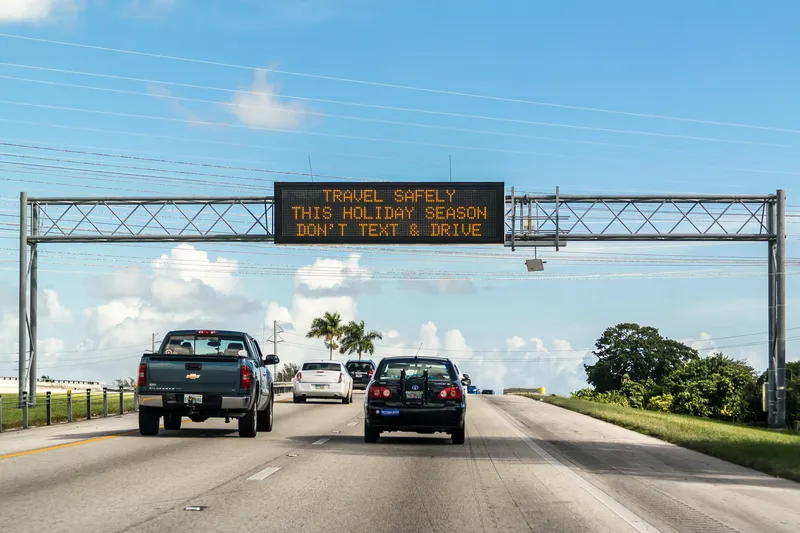Transport engineers and planners in the USA and Australia are set to benefit from innovative road striping and traffic management design software previously only available in the UK.
UK company Keysoft Solutions’ new AutoStripe application has been developed by Keysoft Solutions to enable users to design road markings quickly and efficiently in AutoCAD. AutoStripe is based on the developers’ popular KeyLines software extensively used in the UK but has been adapted specifically to comply with North American and Australasian local standards.
The software was demonstrated to delegates at the
The New York City Department of Transport has already signed up to be the first organisation in the USA to use AutoStripe to help its engineers to design road markings more quickly and intuitively.
AutoStripe includes a comprehensive library of line types, standard road text markings and symbols, pre-drawn to the correct size and shape and all complying with local road rules. These can be edited within the parameters of permitted minimum and maximum dimensions, while user-friendly grips enable quick editing of design features. AutoStripe’s symbol library includes arrows, special lane symbols (for bus or cycle lanes, for example) and bus stops.
Jeremy Ellis, managing director of Keysoft Solutions, comments: “Much of the design of road markings in the USA is still done manually using standard AutoCAD tools, so there was a big wow factor when we showed transport engineers how more complex markings, such as hatching, could be drawn and edited so easily. Although traffic management software such as KeyLines is widely used by local authorities in the UK, there hasn’t been anything like it available on the Autodesk platform in the USA or Australia. Each country has its own specific road markings regulations and terminology, so we have developed AutoStripe as an international version to take account of this localisation.”
“We are pleased that transport engineers and planners in the USA and Australia have welcomed the software so enthusiastically and now that the technology is available, we hope to see a gradual move away from time consuming manual road design as design engineers realise the productivity, safety and design benefits of the AutoStripe software.”
Stars and autostripes
Transport engineers and planners in the USA and Australia are set to benefit from innovative road striping and traffic management design software previously only available in the UK.
UK company Keysoft Solutions’ new AutoStripe application has been developed by Keysoft Solutions to enable users to design road markings quickly and efficiently in AutoCAD. AutoStripe is based on the developers’ popular KeyLines software extensively used in the UK but has been adapted specifically to comply with North Ame
September 12, 2014
Read time: 3 mins









